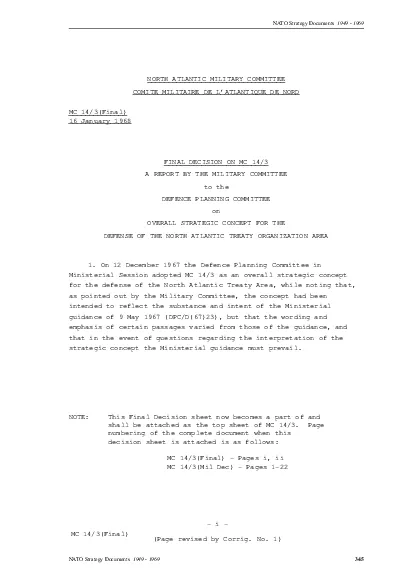PDF-The Strategy of Risk
Author : trish-goza | Published Date : 2016-08-08
Garrett Robinson Risk Risk is a complex board game produced by Hasbro that involves both luck and skill The goal is simple take over the world Despite this simple
Presentation Embed Code
Download Presentation
Download Presentation The PPT/PDF document "The Strategy of Risk" is the property of its rightful owner. Permission is granted to download and print the materials on this website for personal, non-commercial use only, and to display it on your personal computer provided you do not modify the materials and that you retain all copyright notices contained in the materials. By downloading content from our website, you accept the terms of this agreement.
The Strategy of Risk: Transcript
Download Rules Of Document
"The Strategy of Risk"The content belongs to its owner. You may download and print it for personal use, without modification, and keep all copyright notices. By downloading, you agree to these terms.
Related Documents














